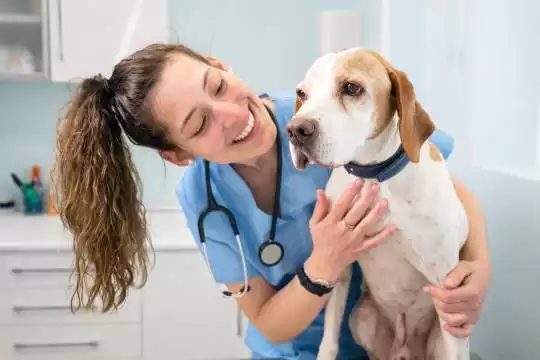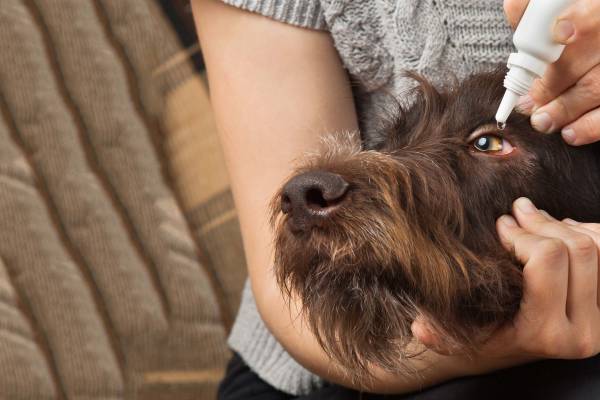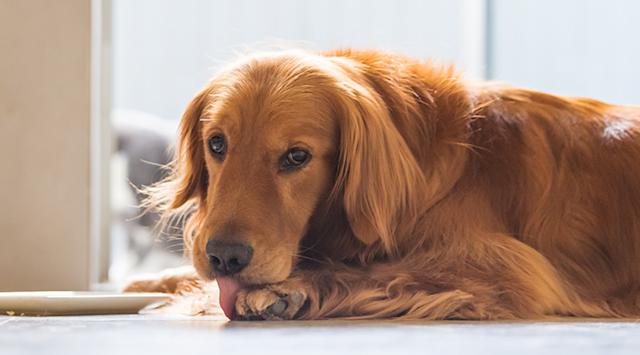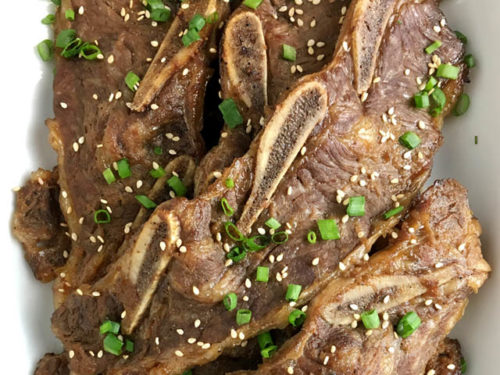Dogs have learned how to use their tails to communicate with one another and with us, too. We aren’t able to always interpret exactly what our dog is saying, but the tail part of your dog is a significant communicator.
Connect with a verified veterinarian in minutes. Licensed vets are available 24/7 to answer your questions. No need to worry about your furry family member.
What Do Dogs Use Their Tails For?
Well, it’s used for more than just fanning the air behind them! Dogs have learned to use their tails in many ways. When your fur baby comes running, tail wagging, what could be better than that?
It’s interesting, too, that dogs don’t just wag their tails when happy. In fact, a wagging tail may indicate he’s curious, while a tail between the legs may indicate submission or shyness.
The speed of the dog’s tail wagging is also carries meaning. The faster a dog wags his tail, the more excited he is. On the other hand, a slow, gentle wag may be insecurity, or he’s just tired.
What is Your Dog Trying to Communicate?
The first thing is to check your fur baby’s tail height. A dog who is holding his tail high may feel excited, alert, dominant, or even a bit unsure about a new situation.
If your dog’s tail is always up, this indicates he’s in a high state of awareness. This means he may react to something around him, which could be another dog, a bird, or even someone he sees walking by. If your dog seems agitated, you may notice his tail fluffs up.
When the tail is raised very high and goes back and forth rapidly, this is called “flagging.” It usually indicates that an attack from another dog is coming. Getting in the middle of this type of arrangement is not going to end well; you must be careful or your dog could turn and bite.
With or without wagging, this type of tail is usually not an indication a dog wants to be friendly. Instead, it means you should not go near him. However, if the dog seems to be intent on someone or stares at something intensely, then try to distract his attention and get him out of that area.
In general, the higher a dog’s tail is, the higher his emotions are, too.
So, if your dog’s tail is always up, it could indicate your dog is somehow stressed or agitated. It’s probably a good idea to get an appointment with the vet to have your fur baby checked out.
Connect with a verified veterinarian in minutes. Licensed vets are available 24/7 to answer your questions. No need to worry about your furry family member.

Kim
Kim is a talented author, who loves animals especially dogs. She engaged in writing books and articles relating to animals a decade ago. Kim resides in Chicago with her husband and son. The family is the proud owner of a dog and a parrot (Jack and Lily). Kim wanted more than these two pets, but her husband put his foot down... She often visits elementary schools to talk to the kids about what she learned about pets and how they could learn from them.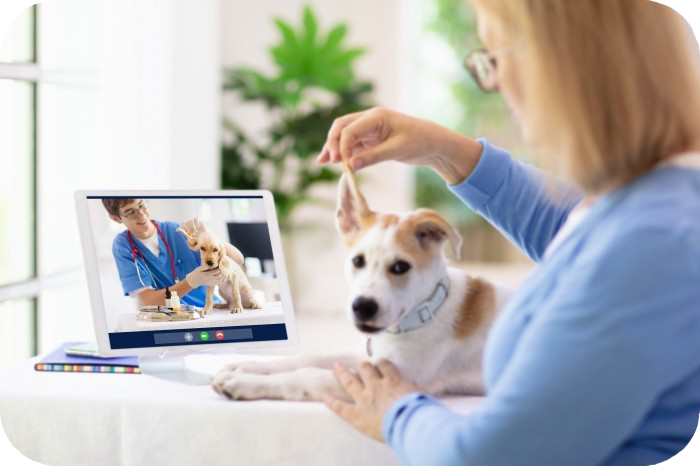
Review symptoms, medications & behavior to keep your pets healthy with a Vet Online in just minutes.
Ask a Vet Live Now
